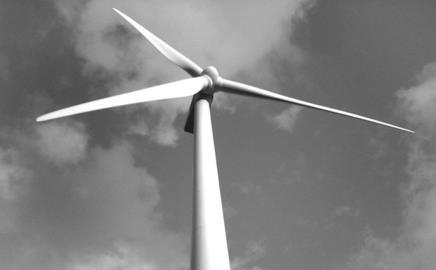Treasury makes it clear developments will not be required to generate all their own power
The Treasury’s eagerly awaited definition of the zero-carbon homes that will qualify for stamp duty exemptions has been tentatively welcomed by the industry.
There had been speculation that homes would have to generate all their own energy to qualify. The Treasury has now said that the relief will apply to residential developments using renewable energy not generated on site.
Off-site energy used to power domestic appliances will be allowed if it comes from renewable sources. However, energy used on heating, lighting and hot water provision must come from onsite or local renewable sources. This means that houses may have to have one source of electricity for the TV and dishwasher and another for lightbulbs.
News of the definition has been cautiously welcomed by the industry, which had feared the Treasury would demand much harder-to-achieve onsite renewable generation for all electricity consumption in the home.
The definition was laid out in the notes of last week’s Budget.
The measure will take effect from October this year and will run for five years, until September 2012.
However, the notes state that zero-carbon homes cannot be connected to the gas mains. This has taken industry by surprise as there had been no mention of gas main connection in the communities department’s proposed definition of zero-carbon homes.
The Treasury’s views are also in stark contrast to the policies of the Greater London Authority, which stipulates that developments should generate 10% of their energy from onsite renewable sources, soon to rise to 20%.
Stewart Baseley, chairman of the Home Builders Federation, last week called on government not to allow councils to set their own targets for renewable energy.
How the Treasury’s rules work ...
Postscript
Comment on this story at building@cmpi.biz



























No comments yet